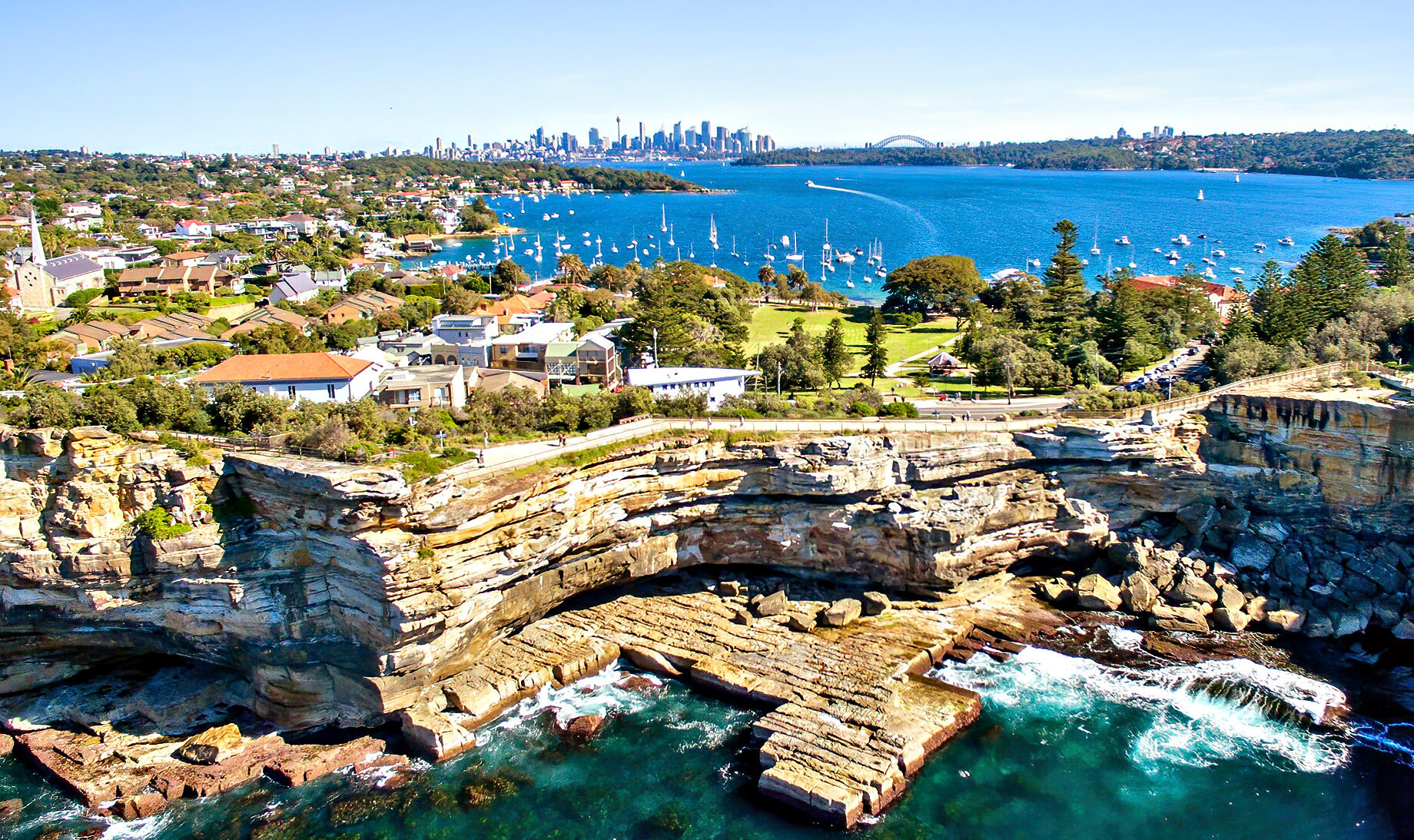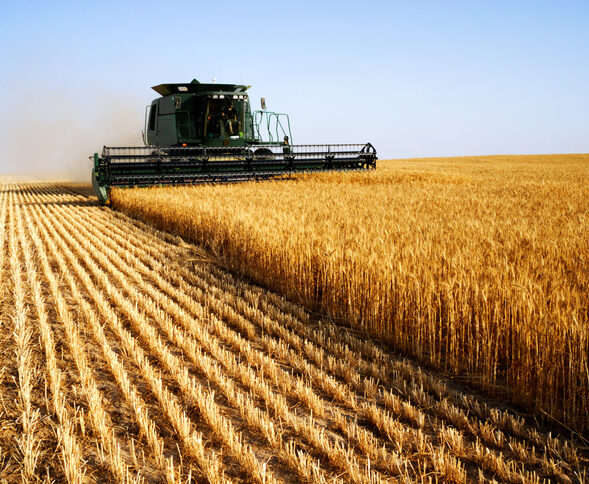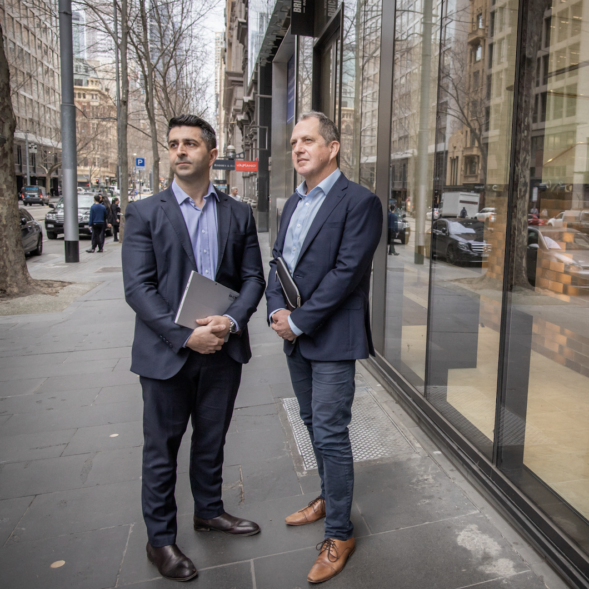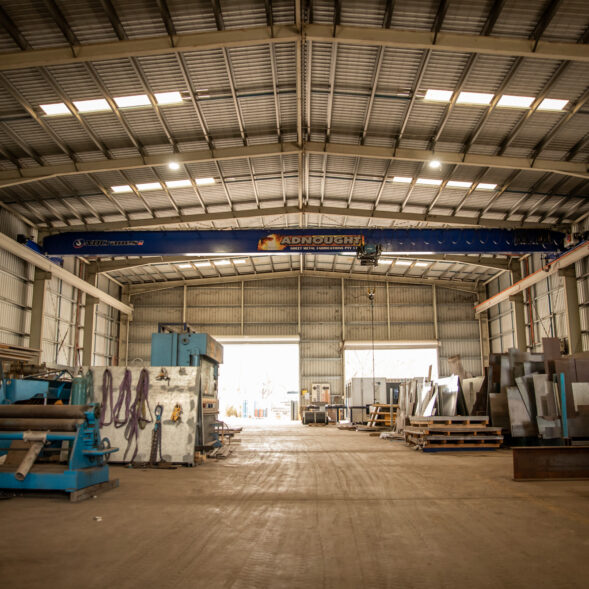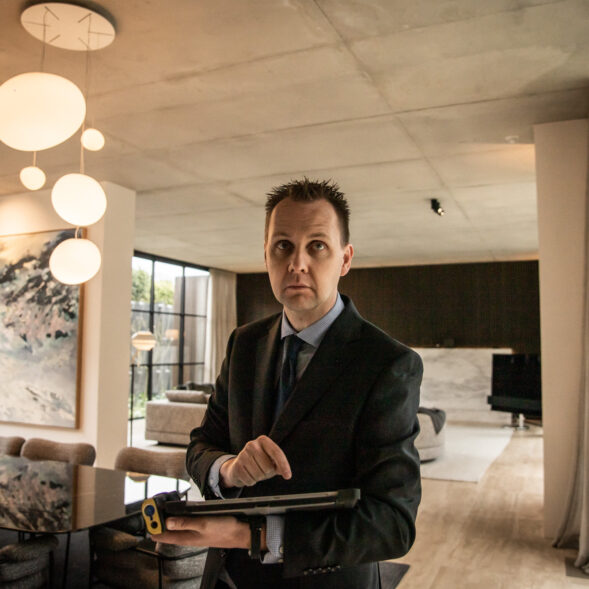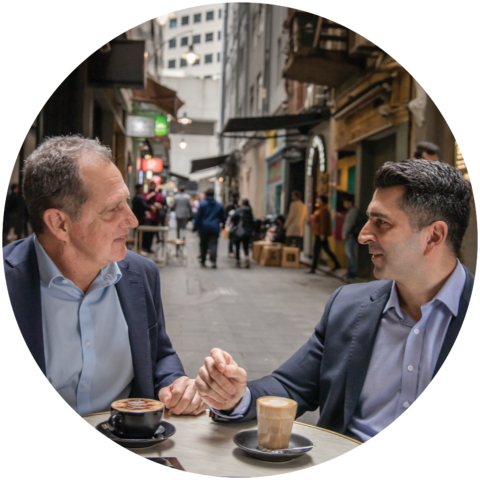Whilst a few residential markets across the country have experienced some minor value decline over the past six months, this has been on the back of substantial overall price growth since the early stages of the COVID-19 pandemic. Other markets including that of Perth, Adelaide and Brisbane have seen strong growth over the past 12 to 18 months, despite persistent high interest rates and cost of living pressures.
All metro areas and many regional areas across the country will have premium locations, be they regions, suburbs or sometimes just premium streets. What makes these areas premium? It may be proximity to a CBD; proximity to a beach, harbour, river or bay; or proximity to services such as public transport, cafés and restaurants, or well-regarded schools.
Given the overall increase in property values over the past few years, how can you buy into a premium location at an affordable budget? There are several options available to buyers however it does mean making some compromises.
The most obvious way is to consider purchasing a unit instead of a house, at least as a stepping stone into the market. The gap in median values between houses and units continues to widen, with Sydney’s gap being a massive $608,594, Canberra $373,817, Melbourne $312,189 and all other capitals except Hobart between $228,800 and $286,730, at the end of February according to CoreLogic.
When it comes to premium suburbs, the gap often widens further. In Bellevue Hill in Sydney, the median house value in February was just over $10.7 million according to CoreLogic. The median unit price at just over $1.7 million was a whopping 84 per cent, or nearly $9 million, lower. In Toorak in Melbourne, the difference is similarly wide at 80 per cent ($4.91 million versus $971,000), while in Cottesloe in Perth, the difference is a substantial 60 per cent ($3.25 million versus $1.29 million).
If your sights are still set on a house, then you have to look at other characteristics which may provide a more affordable option in an expensive suburb. Considering properties on a main road, those with smaller land sizes including terraces and semi-detached homes, or dated or unrenovated homes – the fabled worst house on the best street – are all likely to lead to hundreds of thousands, if not millions, of dollars in price difference.
A further option available is to consider a suburb or two away from a premium suburb which usually means you are still within close proximity to all the features which make that suburb so highly sought after but at a more affordable price.
These suburbs will often ride the coattails of their premium neighbours when the market rises. This is likely to mean stronger capital growth over time as middle to upper markets are often the first to move and will often see bigger upswings during periods of growth. The flipside is that when the market starts to cool they will also be the first to move in the other direction and suffer larger corrections during market downturns.



